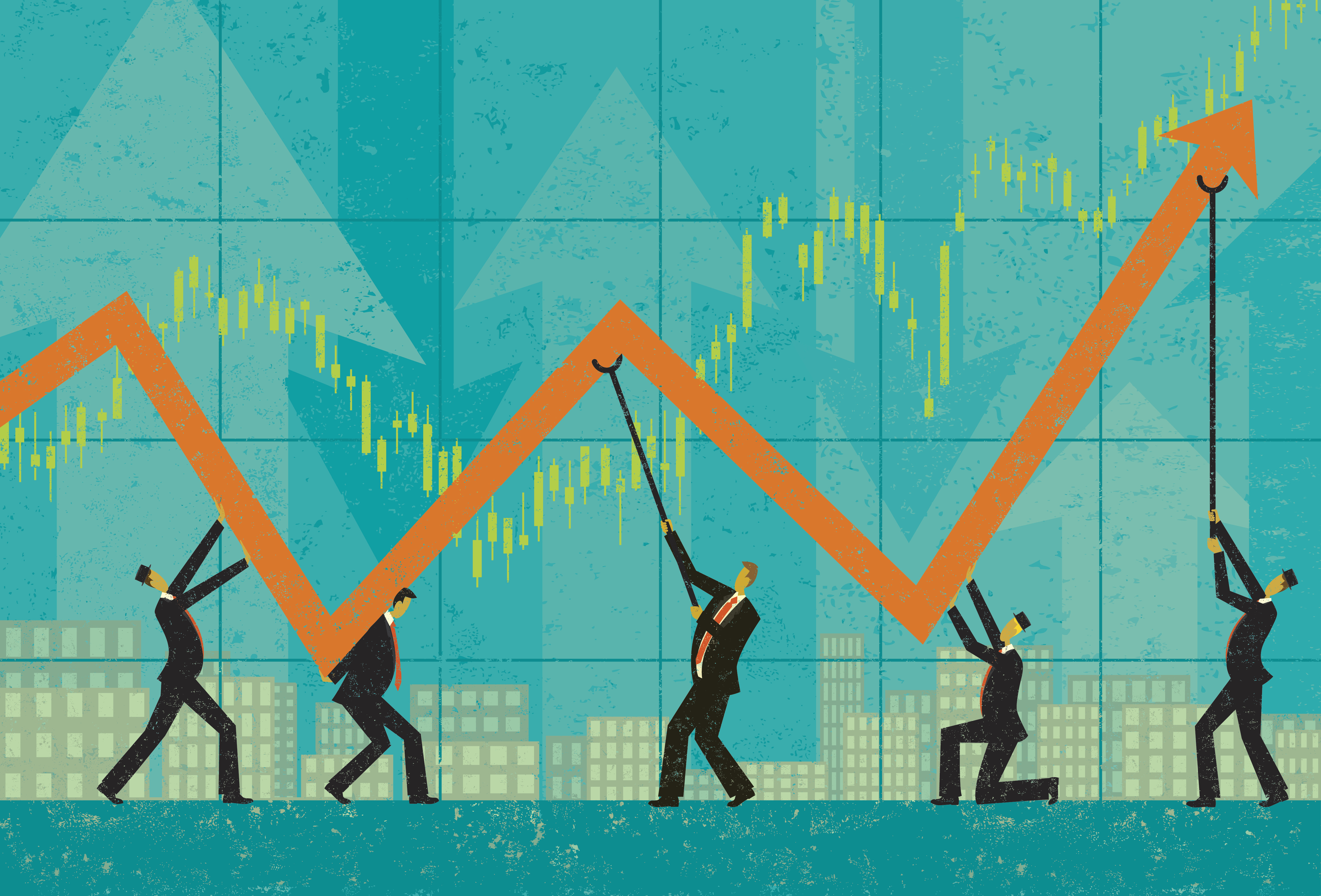Table of Contents
The Origins of Stimulus Spending
The roots of stimulus spending can be traced back to the early days of the Great Depression. Faced with a severe economic downturn, President Franklin D. Roosevelt implemented a series of government programs designed to jumpstart the economy. These programs, which came to be known as the New Deal, were largely funded through federal spending.
The Effects of Stimulus Spending on Economic Growth
Despite their initial success, economists have long been divided over the efficacy of stimulus spending. While some argue that it plays a key role in boosting economic growth, others contend that it is ineffective and can be counterproductive. The empirical evidence on this issue is inconclusive, with studies showing both positive and negative effects of stimulus spending on economic growth.
Stimulus Spending and the Multiplier Effect
The stimulus spending multiplier effect is the increased economic activity that results from an increase in government spending. This increase in economic activity can be attributed to the increased demand for goods and services that results from the injection of new money into the economy. The multiplier effect occurs because of the money multiplier, which is a measure of how much an initial change in money supply leads to a subsequent change in overall spending.
The size of the multiplier effect depends on a number of factors, including the availability of credit, interest rates, and taxes. When credit is tight and interest rates are high, as they were during the 2008 recession, the multiplier effect is likely to be small. On the other hand, when interest rates are low and credit is readily available, as it has been since 2009, the multiplier effect is likely to be larger. Taxes also play a role in determining the size of the multiplier effect. When taxes are high, as they were during World War II, people have less money to spend and therefore less ability to stimulate economic growth. Conversely, when taxes are low, as they have been for most of postwar American history, people have more money to spend and thus more ability to stimulate economic growth.
The Role of Congress

The effects of stimulus spending on economic growth depend on many factors including how wisely or foolishly Congress spends taxpayer’s dollars; what type of goods or services get funded by this extra cash infusion (infrastructure projects rather than payouts to individuals or companies considered too big to fail); whether said funds reach businesses who will use them productively; among others things like regional variation within America.
The Role of Interest Rates in Stimulus Spending
Interest rates are an important factor when it comes to stimulus spending because they can affect how much people borrow and spend. When interest rates are low, people are more likely to borrow money and spend it, which can help boost the economy. This is why lowering interest rates is often one of the ways that governments try to stimulate economic growth.
However, there are also risks associated with low interest rates. For example, if interest rates stay too low for too long, it can lead to inflation or asset bubbles. This is why it’s important for policymakers to carefully weigh all the pros and cons of stimulus spending before deciding whether or not to act.
How Government Debt Affects Economic Growth
In recent years, government debt has been on the rise. One reason for this increase is the global financial crisis. As economies have slowed down, tax revenues have fallen and spending on things like social welfare programs has increased. This has led to higher levels of government debt.
There are concerns that high levels of government debt can harm economic growth. One way this might happen is if people lose confidence in the ability of governments to repay their debts. This could lead to a decrease in investment and higher borrowing costs for governments, which would slow economic growth.

Another way government debt can hurt economic growth is by crowding out private sector investment. When governments borrow money, they compete with businesses for limited savings available in the market. This can lead to higher interest rates and fewer resources available for businesses to invest in new products or expand their operations. This would also slow economic growth.
A final way that government debt can affect economic growth is through its impact on fiscal policy. When governments have large amounts of debt, it limits their ability to use fiscal policy (such as increasing spending or cutting taxes) to stimulate the economy during downturns. This could lead to slower economic growth over time
Overall, the effects of stimulus spending on economic growth are positive. This is because stimulus spending can help to increase aggregate demand, which leads to an increase in economic output and employment.

